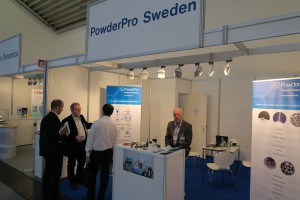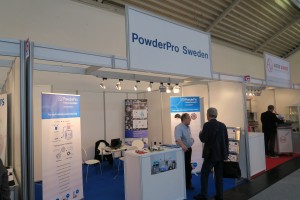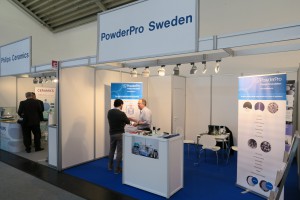Fabrication and optical studies of transparent Tm, Ho:YAG ceramics
Agata Sidorowicz, Magdalena Nakielska, Anna Wajler, Helena Węglarz, Katarzyna Jach, Andrzej Olszyna
Abstract
The aim of this work has been to obtain transparent Tm, Ho:YAG ceramics (thulium doping range: 2–6 at.%, holmium doping range: 0.1–1.0 at.%) by reaction sintering using commercial powders. It has been proved that the particle size, purity and degree of agglomeration of the powders used are crucial from the point of view of the optical quality of ceramics. The spectroscopic measurements of Tm, Ho:YAG ceramics with different concentration of active ions (including transmission and emission spectra measurements) have been presented and discussed. As has been found, both concentration of holmium and thulium separately as well as the balance between them are of great importance. Energy transfer between Tm and Ho ions has been demonstrated.
Yttrium aluminum garnet, Transparent ceramic, Tm, Ho:YAG, Freeze Granulation, Reactive sintering.
—-
Please contact us and we will further discuss the opportunities with Freeze Granulation on your powder system and read more on technology and we propose a Granulation Test of your powder system.












